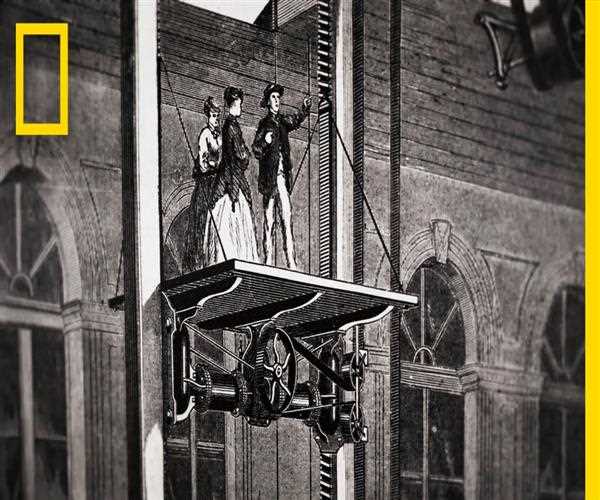The History of Elevators: From Hoists to High-Rises
Elevators are an indispensable part of modern life, used for vertical transportation in buildings, mines, and other structures. They have come a long way since their invention, evolving from simple hoists used for moving goods to sophisticated machines that carry millions of people every day. In this article, we'll explore the history of elevators and how they have evolved over time.
Early Elevators
The earliest known reference to an elevator-like device is found in the writings of the Greek mathematician Archimedes, who is said to have designed a system of ropes and pulleys to lift water. However, the first recorded use of a true elevator was in the medieval period, when they were used to hoist goods in mines and other industrial settings. These early elevators were powered by human or animal labour and were relatively simple in design, consisting of a platform suspended from ropes and a system of pulleys.
The Rise of Steam Power
The next major development in the history of elevators came with the advent of steam power in the 19th century. Steam engines were used to power elevators, allowing them to move more quickly and efficiently. The first steam-powered elevator was installed in the New York City department store E.V. Haughwout & Co. in 1857, and soon thereafter, elevators began to be used in larger buildings, including factories and warehouses.

The Age of Electric Elevators
The introduction of electricity in the late 19th century marked another major turning point in the history of elevators. Electric elevators were faster and more efficient than their steam-powered predecessors and soon became the standard for vertical transportation in buildings. The first electric elevator was installed in 1887, and within a few decades, electric elevators had become the norm in buildings around the world.
The Modern Elevator
The modern elevator is a far cry from the simple hoists of the medieval period. Today's elevators are powered by electricity, feature advanced safety features and computerized controls, and can reach speeds of over 20 miles per hour. They are used in high-rise buildings, mines, and other structures worldwide and have become an essential part of modern life.
Conclusion
The history of elevators is a fascinating story
of innovation and progress, tracing the evolution of these machines from simple hoists used for moving goods to sophisticated machines that carry millions of people every day. From the earliest references to elevators in the writings of Archimedes, to the steam-powered elevators of the 19th century and the modern electric elevators of today, the history of elevators is a testament to human ingenuity and the quest for more efficient and convenient ways of vertical transportation. Despite their long history and the many advances they have undergone, elevators continue to play a critical role in modern society and are likely to play an even greater role in the future.